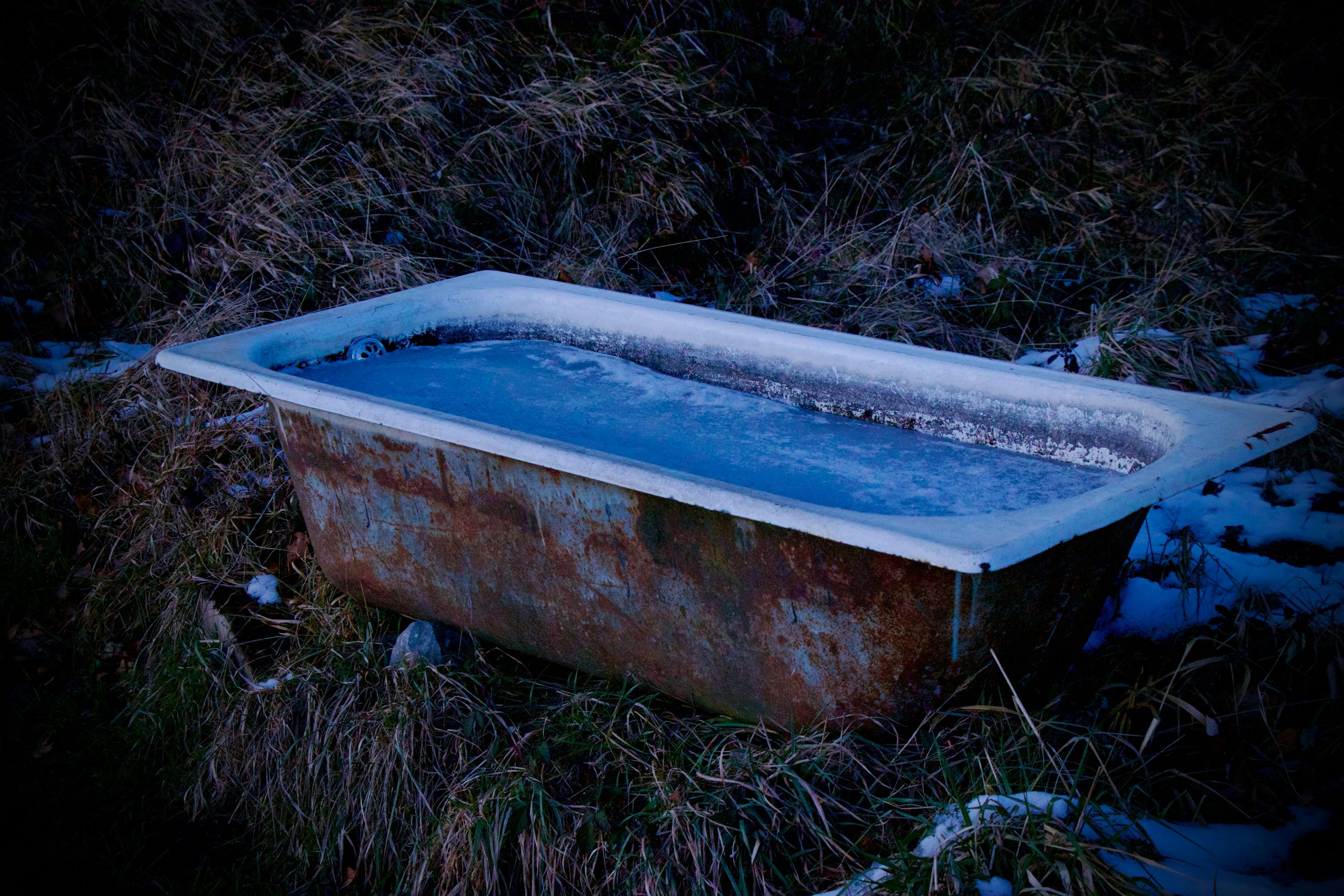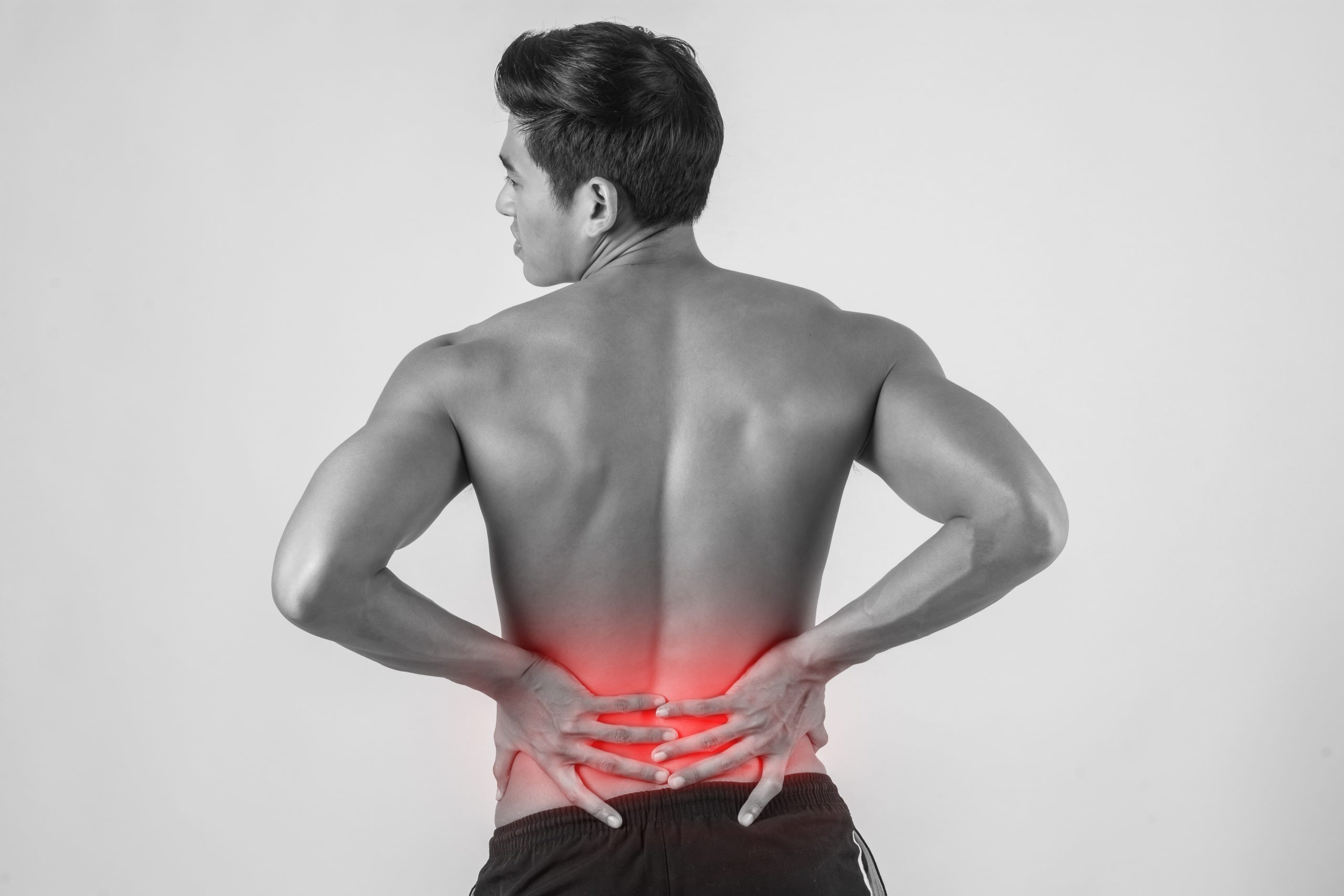
How Often Should You Do Cold Plunge Therapy? Expert Advice for Ottawa Recovery
June 18, 2025
Slipped Disc (Disc Herniation) in Ottawa: How Flexion-Distraction (Cox) Technique May Help
June 23, 2025Intro:
As a chiropractor and co-owner of Nobility Performance in Ottawa, I’ve seen my fair share of injuries—everything from sports-related tweaks to major post-surgical rehabs. But nothing quite prepares you for the moment you become the patient. Recently, I experienced a complete biceps rupture firsthand. Here’s what happened, what I did next, and why immediate action and a comprehensive recovery plan matter so much.

1. Recognizing the Urgency: Straight to the Hospital
My biceps didn’t ‘pop’ the way that most people describe a tear. I felt (almost) every fibre rip. An unmistakable (and gross) feeling that still left no questions as to what had happened.
A biceps rupture is an urgent orthopaedic situation—there’s a short window for surgical repair if you want the best outcome. I didn’t wait around or try to “walk it off.” I went straight to the hospital for assessment.
If you ever suspect a similar injury (sudden pain, weakness, and that classic “Popeye” bulge in the arm), don’t delay.
Mine behaved weirdly, and didn’t ball up the way I expected, leaving me to wonder exactly how much was torn, but I’m glad I didn’t delay seeking imaging.
2. Prioritizing Pre-Operative Nutrition
One thing every professional I spoke to, from chiropractors, to dietitians, and surgeons all agreed upon was that pre-operative nutrition may be one of the most important things you can do.
Before I had even confirmed I needed surgery though, I dialed in my nutrition. Nutrition is one of the key pieces of recovery – if you want to repair tissues in your body, you need the building blocks available.
For a torn muscle or tendon think high-quality protein, collagen or collagen factors, vitamin C, and omega-3s.
Good pre-operative nutrition can improve healing, reduce inflammation, and set you up for a smoother post-op recovery.
I’ll be posting my protocol in a separate post coming up so people can reference it.
3. Leveraging Red Light Therapy for Healing

My rehab toolbox is pretty full, but one modality I leaned on heavily was red light therapy (photobiomodulation), in the form of the Prism Light Pod at Nobility Performance.
There’s some growing evidence that red light therapy before surgery can accelerate post-surgical tissue healing and decrease pain, and I wanted every advantage I could possibly get.
And honestly, while I understood its theoretical value, experiencing it was still incredible. Up until I got in the light pod, even attempting to straighten my arm out resulted in severe pain and muscle spasms. Laying in the light, I started testing out my elbow, and almost immediately I was able to straighten my arm, and the spasms stopped.
I used the light pod at the clinic every day pre-operatively to help reduce inflammation, stimulate cellular repair, and promote circulation in the injured area.
5. Working With a Multidisciplinary Team
I’m in a fortunate position to be surrounded by many incredible and knowledgeable professionals, and I called in a lot of favours to make sure I was doing everything right. I really benefited from a team-based approach when working with my patients as well.
As mentioned above, I reached out to my dietitian and nailed down what we thought was going to be a solid dietary protocol.
Disclaimer: this one is a ‘talk to your doctor’ type of thing which would be out of my scope of practice as a chiropractor to recommend to my own patients, but I want to remain open about everything that I’m doing to maximize success.
One thing recommended to me by a physician I consulted was to look into healing peptides, which I have had some athletes I’ve worked with use alongside rehab protocols. These are injectable proteins that seem to stimulate cell healing, though they’re relatively new and there’s little evidence into safety in the long term.
Personally, I decided that it was worth a try and, similar to nutrition and light therapy, I started them prior to surgery.
6. The Results:
I was told by my surgeon that my biceps were hanging by a thread, one so thin that it wasn’t even picked up on imaging, and that wasn’t about to heal on its own.
The surgery went well, and I haven’t experienced any notable pain since. While I still have a lot of rehab to go, I can be confident that I set myself up as well as possible recover.
